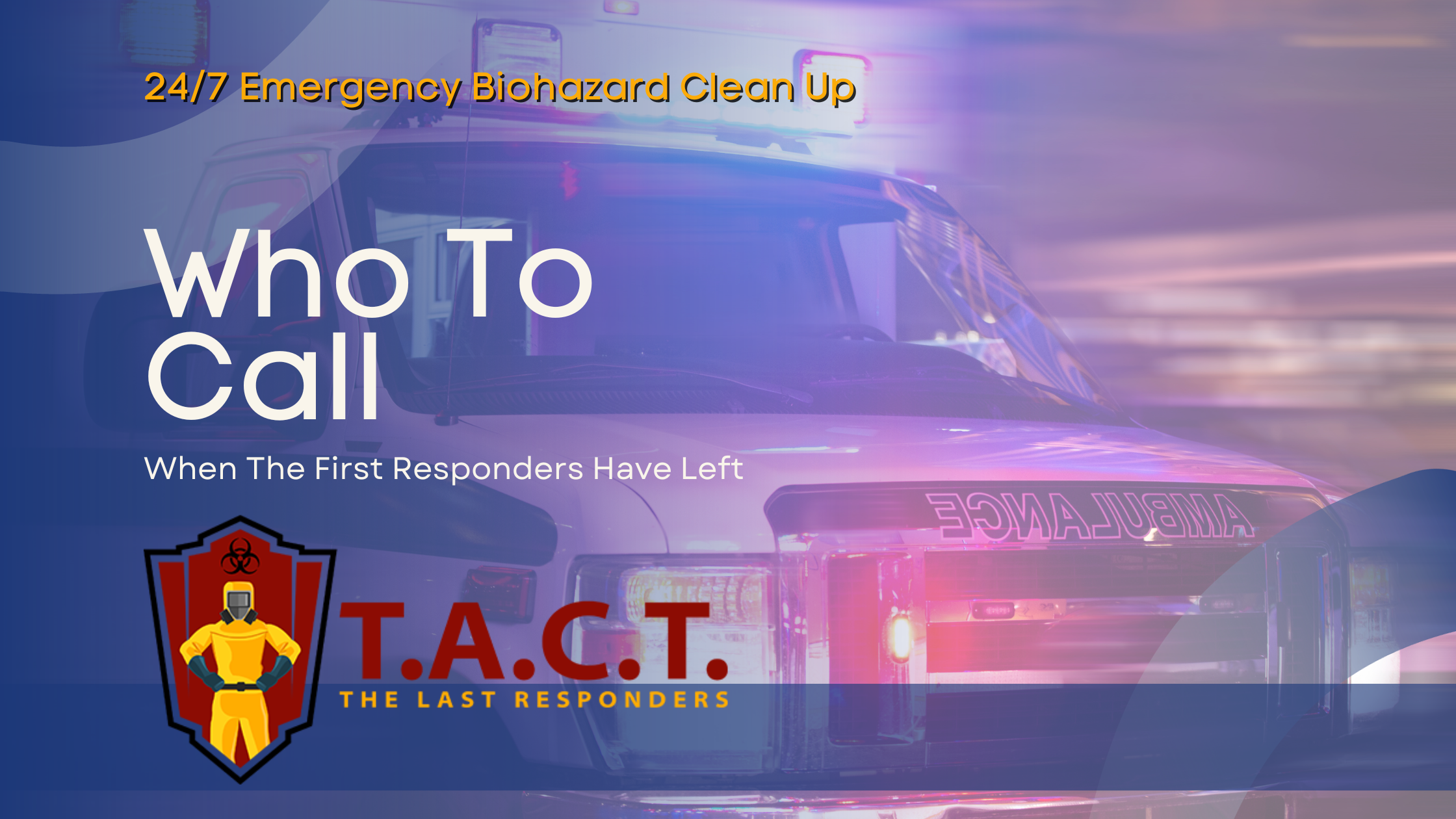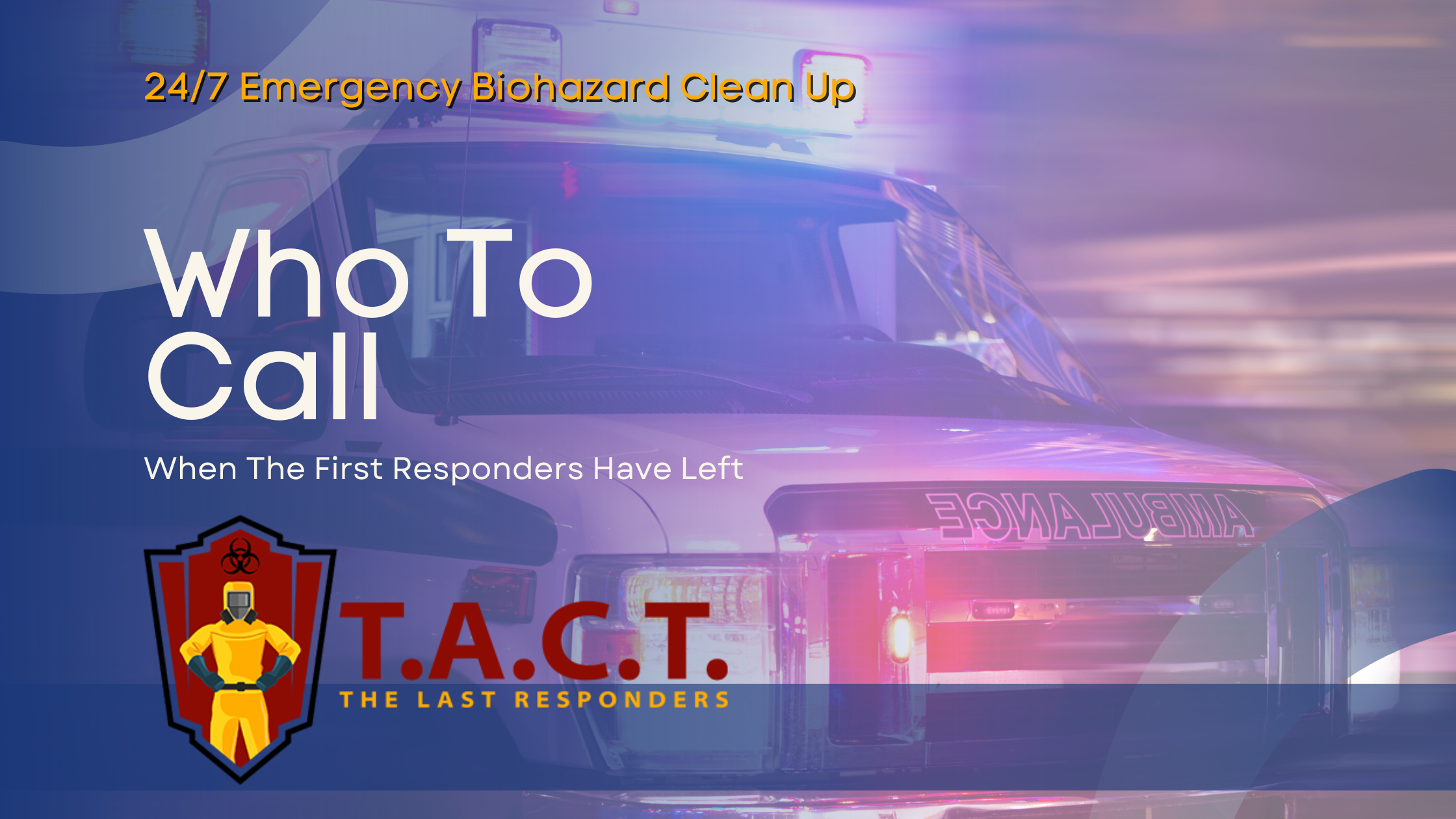Comprehensive Guide to Assessing and Fire
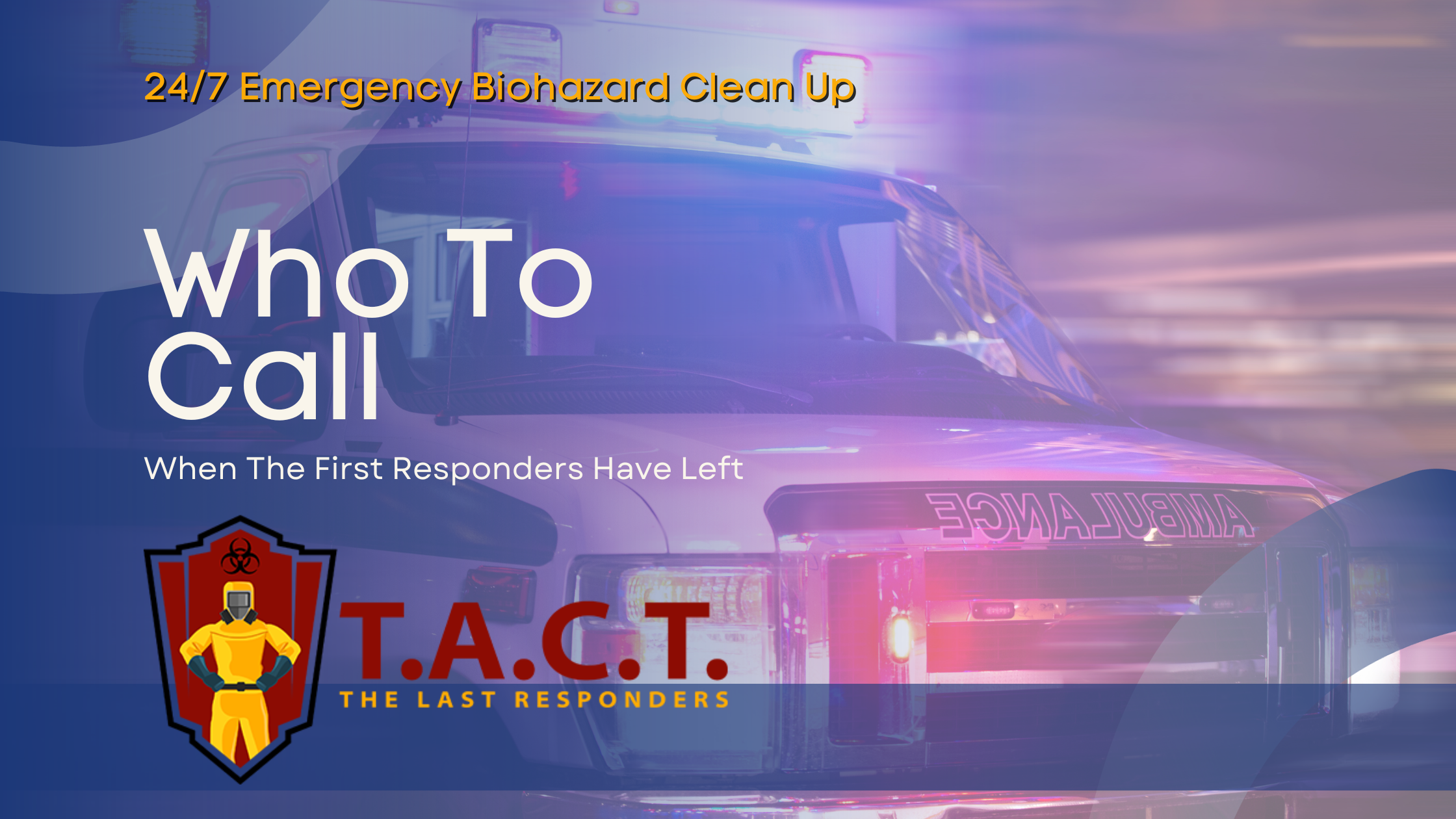
Comprehensive Guide to Assessing and Repairing Damage by Fire
Suffering damage by fire is overwhelming. This guide will help you through immediate steps for safety, understanding the types of fire damage, and how to start the restoration process.
Key Takeaways
Fire damage includes structural, smoke, and water damage, all of which can have severe health and safety implications if not addressed promptly.
Immediate safety measures and professional assistance are crucial after a fire to prevent further damage and ensure thorough restoration, including documentation for insurance claims.
Different types of smoke damage require tailored cleaning techniques, and lingering fire damage can lead to long-term health risks and decreased property value if not adequately managed.
Understanding Fire Damage

Fire damage refers to the destruction, impairment, or loss suffered by property or individuals as a result of fire. It encompasses not only the obvious damage caused by flames but also the insidious effects of smoke damage, structural damage, and water damage from firefighting efforts.
Structural damage is a critical aspect of fire damage, as it can weaken the building materials, leading to potential collapse and more damage to property loss. Smoke damage, on the other hand, can affect the air quality within the home and leave behind lingering smoke odors that are detrimental to health.
The severity of fire damage is influenced by various factors, including the intensity of the fire and the ability of smoke and soot to travel throughout the structure. If not properly addressed, fire damage can worsen over time, escalating health risks and structural issues.
Immediate Actions After a Fire
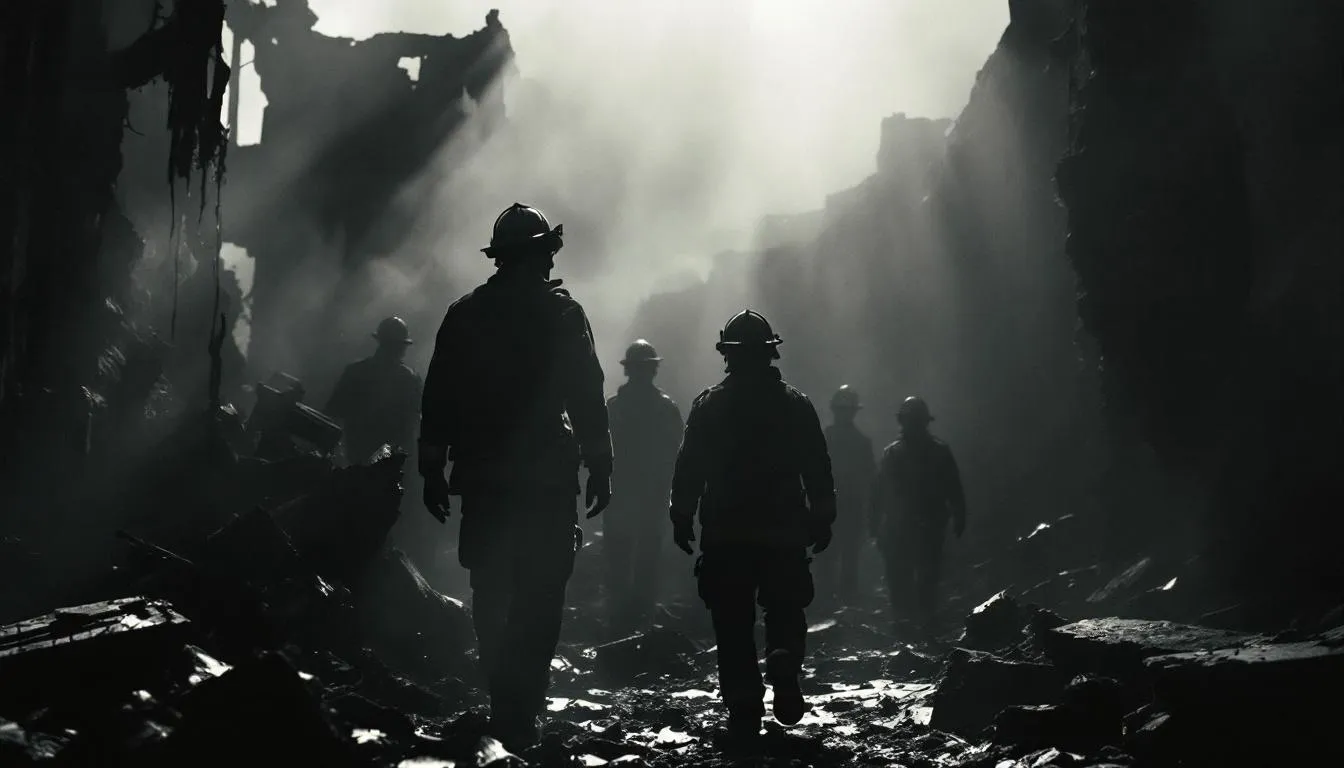
Immediately after a fire, prioritize the following:
Ensure everyone’s safety.
Secure the area to prevent further damage.
Avoid re-entering the property until fire officials give the all-clear, as there could be hidden dangers like weakened structures or lingering smoke.
Once safety is assured, prompt actions are necessary to minimize further damage. This includes assessing the structural integrity of the property, removing affected materials, and securing the property to prevent further damage.
Documenting damage and taking inventory of non-salvageable items, including any damaged property, will help with insurance claims.
Safety Measures
Safety around the fire-damaged area is key to preventing injuries. To secure the area effectively:
Limit movement within the home to avoid cross-contamination and further smoke damage.
Use services like boarding up windows.
Tarp roofs.
Remove debris.
Avoid washing walls or carpets without professional advice to prevent further damage. Do not turn on ceiling fixtures if the ceiling is wet, as this can lead to electrical hazards.
Use appropriate protective measures, such as gloves and masks, during the cleanup process to avoid health problems caused by soot and other materials.
Contacting Professionals
Once safety is confirmed, call fire damage restoration professionals to start cleanup and restoration. These professionals work alongside investigators, insurance companies, and the fire marshal to ensure a thorough and efficient restoration.
Timely reporting of fire damage to your insurer is also crucial, as insurance companies often have strict deadlines for filing claims.
Documenting Damage
Keep detailed records and photographs of all damaged items for insurance claims. Clear documentation can aid in creating restoration plans and support claims with insurance companies, ensuring maximum compensation for the damages incurred.
Accurate documentation can speed up claims and ensure all damage is noted. This includes noting the extent of structural damage, smoke damage, and water damage, highlighting the importance of thorough inspections and accurate record-keeping.
Types of Smoke Damage

Smoke damage is a complex issue that varies depending on the type of fire and materials burned. The most common types of smoke damage include:
Dry smoke
Wet smoke
Protein smoke
Fuel smoke Each type presents unique challenges for cleaning and restoration.
Recognizing different types of smoke damage is key to effective restoration. Each type impacts surfaces and air quality differently, requiring specific cleaning techniques and approaches to address the lingering smoke and soot.
Dry Smoke
High-temperature fires burning fast materials like paper and wood produce dry smoke. Characteristics and effects of dry smoke include:
The residue left by dry smoke is powdery and relatively easy to clean.
It can quickly discolor fabrics.
It can affect plastic and PVC surfaces, which may require alkaline solutions for proper cleaning.
Wet Smoke
Low-heat smoldering fires create wet smoke. These fires commonly involve burnt plastic and rubber materials. This type of smoke leaves behind a dense, greasy residue that is challenging to clean due to its sticky nature.
Specialized equipment is necessary to effectively remove wet smoke residues.
Protein Smoke
Low-heat fires evaporating organic materials cause protein smoke damage. Known for its strong odor, protein smoke particles can permeate porous materials and surfaces without leaving visible stains.
However, it can cause discoloration of painted walls, requiring cleaning materials specifically designed for protein-based residue.
Fuel Smoke
Burning oil, petroleum, and other fuels in garages and warehouses produces fuel smoke. The petroleum residue from fuel smoke is sticky and dense, making it difficult to clean without specialized equipment.
Once settled, it thickens and becomes extremely challenging to remove from surface surfaces.
Assessing Structural Damage

Evaluating structural damage after a fire ensures the building’s structure safety and stability. This includes:
Checking for structural stability
Ensuring utilities are off
Inspecting foundations, walls, and other critical structural elements for any signs of damage.
Prolonged exposure to fire damage in commercial buildings can lead to significant damage and deterioration in both property integrity and occupant health over time, increasing the risk of hidden damage that can compromise the overall stability of the building, making thorough inspections essential.
Inspecting Foundations and Walls
After a fire, assess foundations as heat can damage concrete, causing cracks and weakening. Inspecting the internal framing and load-bearing elements is essential to ensure the overall stability of the structure.
Intense heat and high temperatures can cause walls to chip or melt exterior materials, leading to extensive damage. Discoloration and damage to windows commonly result from fire exposure, indicating potential structural integrity issues related to heating.
Evaluating Electrical Systems
Evaluating electrical systems post-fire damage is vital since fire can compromise wiring and electrical components. Inspectors should look for signs of burning or melting in wiring and electrical components, which may indicate severe electrical hazards.
Prompt assessment and repair of damaged electrical systems are essential to mitigate potential fire hazards.
Checking HVAC Systems
Fire can cause HVAC systems to collect smoke and soot, leading to contamination and poor operation. This can significantly impact indoor air quality, posing health risks to occupants.
Regular checks and cleaning of HVAC systems and heating systems are crucial to mitigate smoke and soot effects and maintain proper air circulation.
Cleaning and Restoration Process
Begin the cleaning and restoration process promptly to minimize further damage after a fire. This involves various steps, including debris removal, smoke and soot cleanup, and water damage restoration. Immediate actions such as boarding up windows, tarping roofs, and installing emergency power can help secure the property at the beginning.
Professional fire damage restoration services utilize specialized tools and techniques to address soot and smoke damage efficiently. The restoration process may involve minor repairs or rebuilding entire areas of the home, depending on the extent of the damage.
Debris Removal
Removing damaged materials prepares the area for restoration work. Experts trained in safety and sanitization requirements should perform the cleaning after fire damage to prevent further contamination and ensure a thorough restoration process.
Smoke and Soot Cleanup
Use specialized techniques and equipment to effectively remove smoke and soot from surfaces. The cleaning process begins with removing bulk smoke using a soot cleaning sponge, followed by wiping down walls with warm water and a rag. Safety equipment, such as masks and gloves, is recommended to protect against inhaling soot particles during the cleaning process.
Removing soot and ash using mild soap or detergent is the recommended method for treating cleaning smoke damage. For oil-soluble smoke and soot, a degreaser or soap is used as the final cleaning step.
Commercial soot cleaners can also be effective for removing remaining soot from surfaces. Utilizing specialized equipment and techniques ensures a thorough and efficient cleanup, protecting indoor air quality and preventing further damage.
Water Damage Restoration
Start water removal immediately after identifying damage to eliminate it quickly. After excess water is removed, the drying process is completed with dehumidifiers and air movers to remove water.
Firefighting water damage can promote mold growth, so thorough drying and ventilation are crucial. Mold can start to grow within 24 to 48 hours after water exposure, underscoring the urgency of cleanup.
Insurance Claims Process
Understanding the insurance claims process helps ensure all necessary details for fire damage claims are documented. T.A.C.T. North Atlanta can assist with navigating claims and coordinating the essential paperwork. Contacting an insurance lawyer after fire damage can also help avoid pressure to accept low insurance offers.
Insurance policies often include specific clauses for fire damage, so understanding your coverage is key. Many policies have exclusions for certain types of fire damage, making it essential to review your policy carefully and consult with an insurance agent to ensure adequate coverage.
Filing a Claim
Knowing the insurance claims process helps document all necessary details for fire damage claims. A property damage lawyer can assist with the legal processes and ensure rightful compensation from the insurance company.
Timely filing and thorough documentation are critical to a successful claims process.
Working with Adjusters
Insurance adjusters evaluate damage claims and determine compensation amounts. However, they may downplay damage to save the company costs or blame the owner for negligence to reduce payouts.
Policyholders should:
Provide thorough documentation of damage and restoration estimates to support their claims.
Maintain clear communication with adjusters.
Keep detailed records of all interactions to help ensure a fair claims process.
Understanding Policy Coverage
Fire damage insurance policies vary widely, with many exclusions for certain types of fire damage. Homeowners should carefully review their policy to understand what types of fire damage may not be covered.
Consulting with an insurance policy agent is advisable to ensure adequate coverage against common exclusions and to navigate the claims process effectively.
Long-Term Effects of Fire Damage
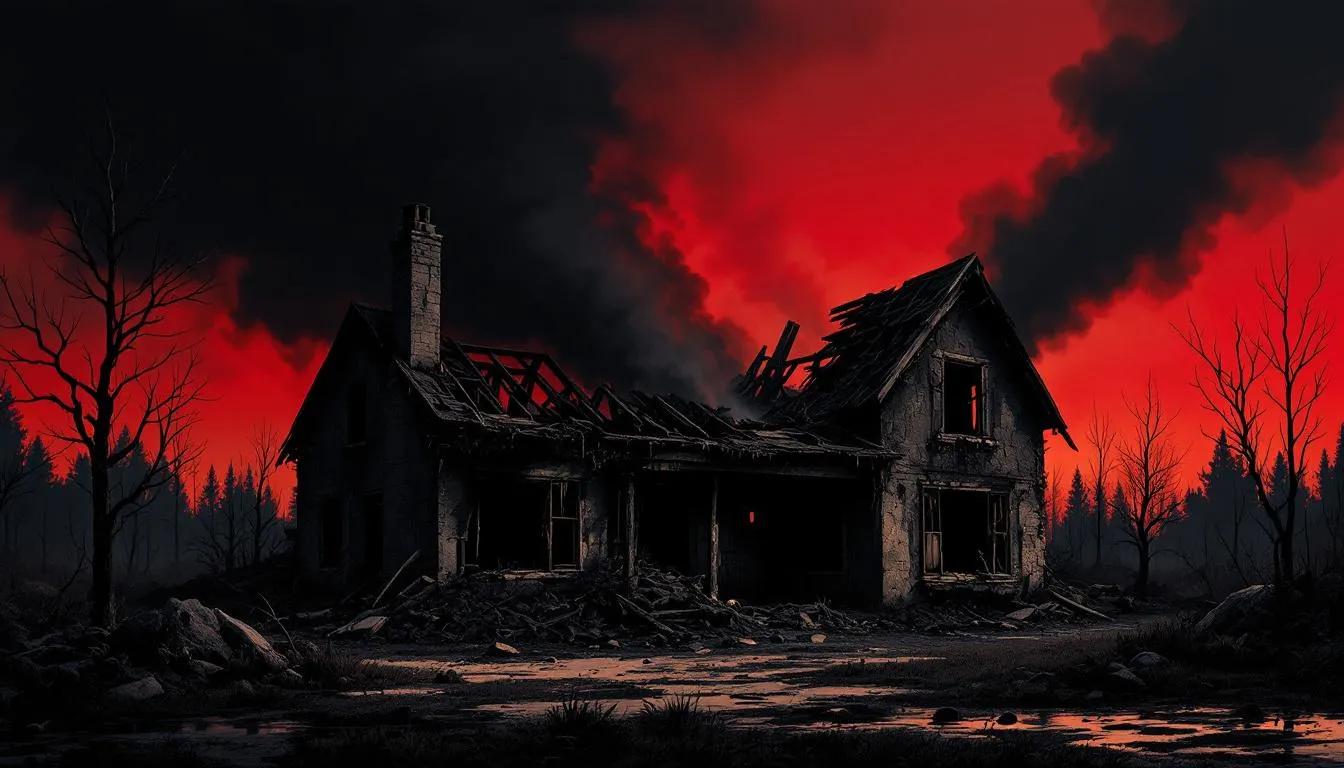
Fire damage can cause long-term effects beyond the immediate aftermath. Smoke damage that needs repair to eliminate odors can have lasting health implications for residents. Smoke-induced physical damage can cause long-term issues like corrosion and odors if left unaddressed.
Firefighting water damage complicates fire restoration, adding risks to the property. Addressing water damage promptly after a fire is critical to prevent further deterioration of the property and ensure a healthy living environment.
Health Risks
Smoke exposure can lead to:
Respiratory issues like chronic bronchitis and asthma, especially for those with pre-existing conditions
Chronic respiratory problems over time due to lingering smoke and soot
Skin irritations
Allergic reactions
Eye issues
Neurological symptoms, such as headaches and confusion, can arise from carbon monoxide exposure present in smoke.
Mold Growth
Addressing firefighting water damage involves drying and dehumidification to prevent mold growth. Potential health problems caused by lingering mold include respiratory issues and allergic reactions if not properly cleaned and removed.
The long-term impacts of mold growth can lead to structural damage and persistent health issues that may complicate restoration efforts for those who are directly affected.
Property Value
Fire damage can reduce property values significantly, making professional restoration essential to mitigate financial losses. Fire damage typically reduces property value by 20-40% depending on the severity. Properties in high-demand locations may retain more of their value post-fire compared to those in less desirable areas.
Professional restoration experts can help restore marketability and mitigate property loss and business property that has been repaired to its original state.
Summary
In conclusion, understanding and addressing fire damage involves a multifaceted approach that includes immediate safety measures, professional assessments, and thorough documentation for insurance claims. Recognizing different types of smoke damage and their unique challenges is crucial for effective cleanup and restoration.
By taking prompt action and utilizing professional fire damage restoration services, homeowners can mitigate long-term health risks, prevent further structural damage, and restore their property’s value. Through careful planning and execution, the daunting task of fire damage restoration can become a manageable and successful process.
Frequently Asked Questions
What are the first steps to take immediately after a fire?
Immediately ensure everyone's safety and secure the area, avoiding re-entry until fire officials authorize it. Then assess the structural integrity, remove affected materials, and document the damage for insurance purposes.
What are the common types of smoke damage?
The common types of smoke damage are dry smoke, wet smoke, protein smoke, and fuel smoke, each necessitating distinct cleaning methods to effectively address them. Proper identification is crucial for effective remediation.
How can I document fire damage for insurance claims?
To effectively document fire damage for insurance claims, maintain detailed records of all affected items, including comprehensive photographs and an inventory of any non-salvageable property. This clear documentation is essential for supporting your claims and facilitating the restoration process.
Why is professional fire damage restoration important?
Professional fire damage restoration is crucial as it employs specialized tools and methods to effectively mitigate soot and smoke damage, thereby safeguarding health and preserving the structural integrity of the property.
What long-term effects can fire damage have on my property?
Fire damage can lead to health risks from residual smoke and soot, mold growth from water exposure, and a decrease in property value. It's crucial to seek professional restoration to address these long-term effects.
Latest news
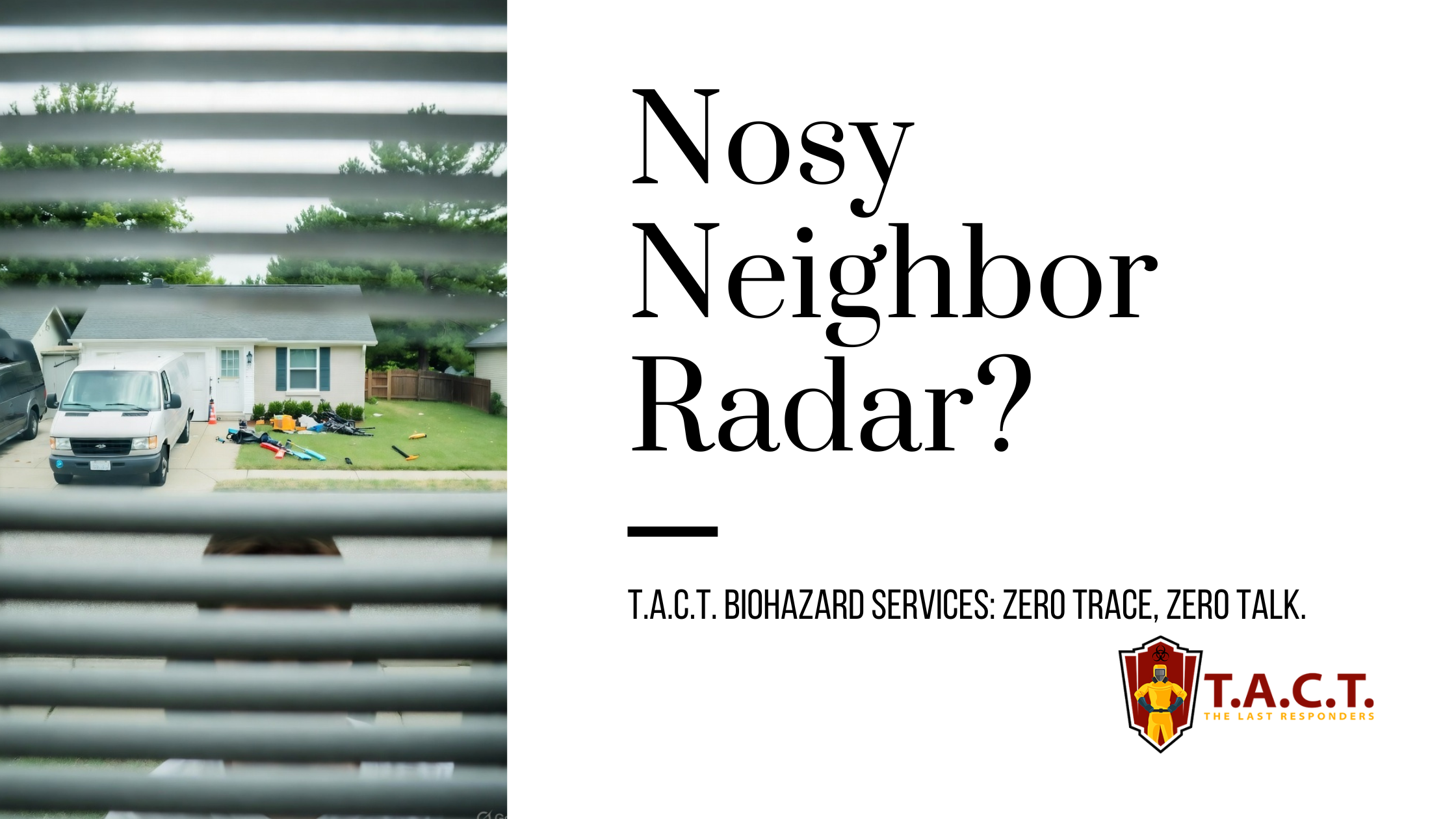
Nosy neighbors peeking? T.A.C.T. North Atlanta offers discreet biohazard remediation for rodent infestations, mold, hoarding, and more. Unmarked vehicles, quiet experts, full privacy—24/7 service at 470-781-4775.
Read More
